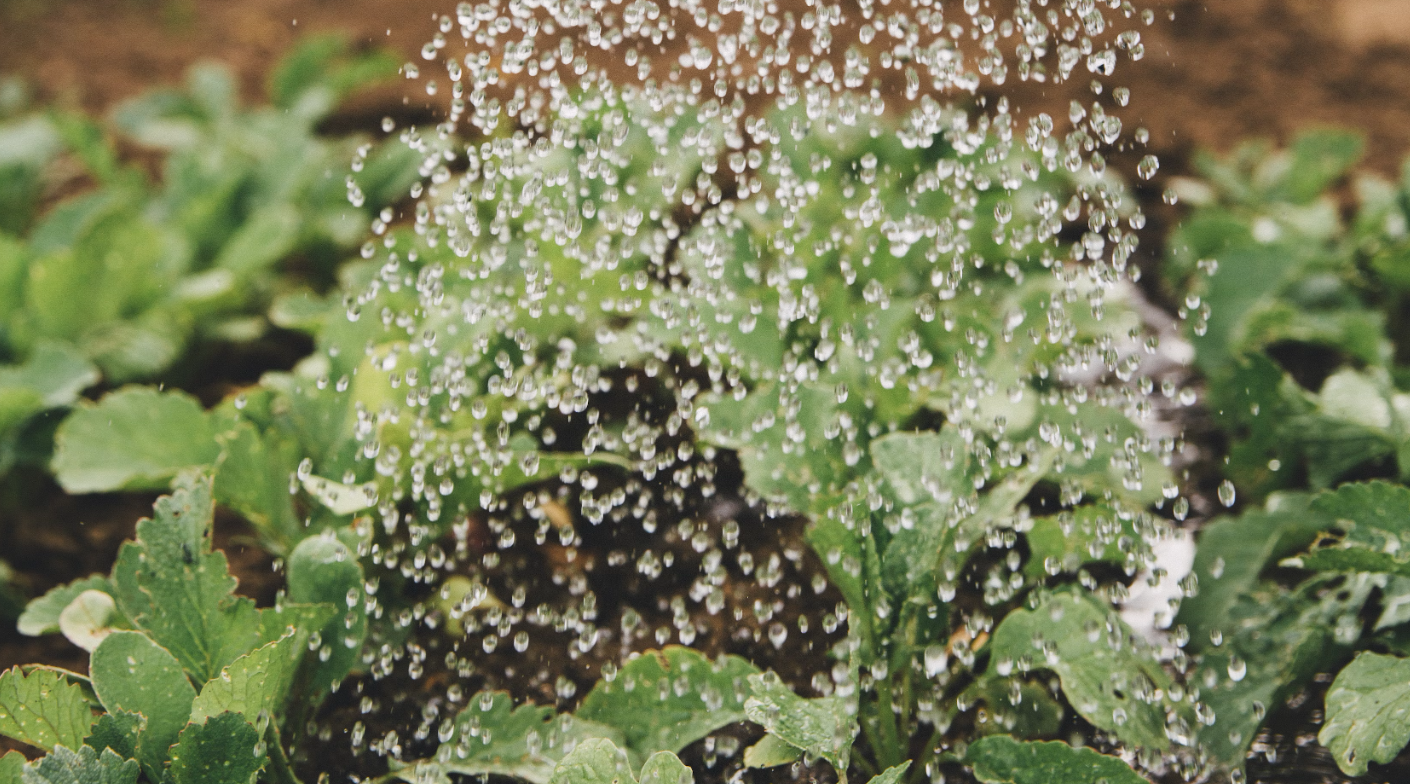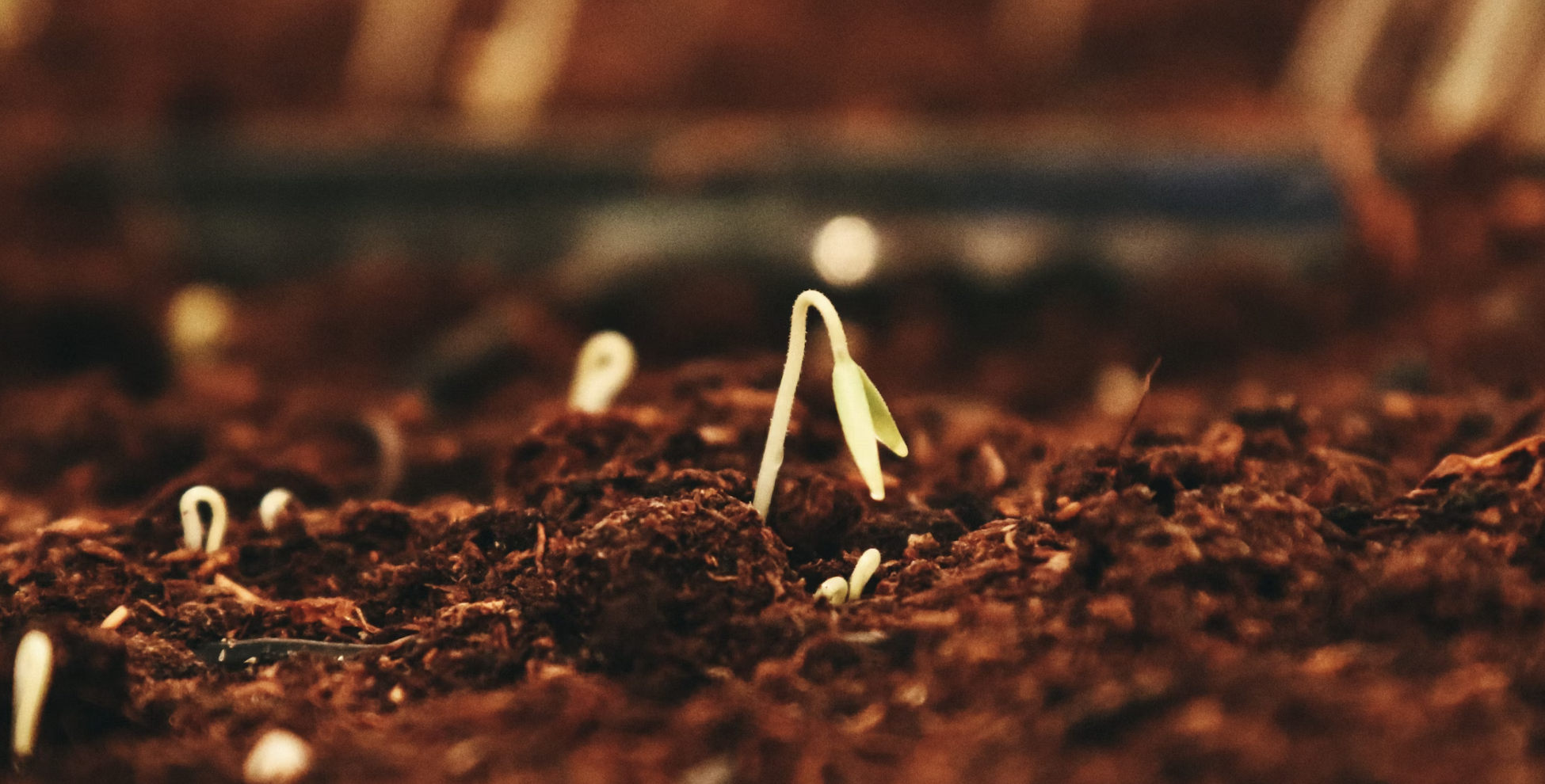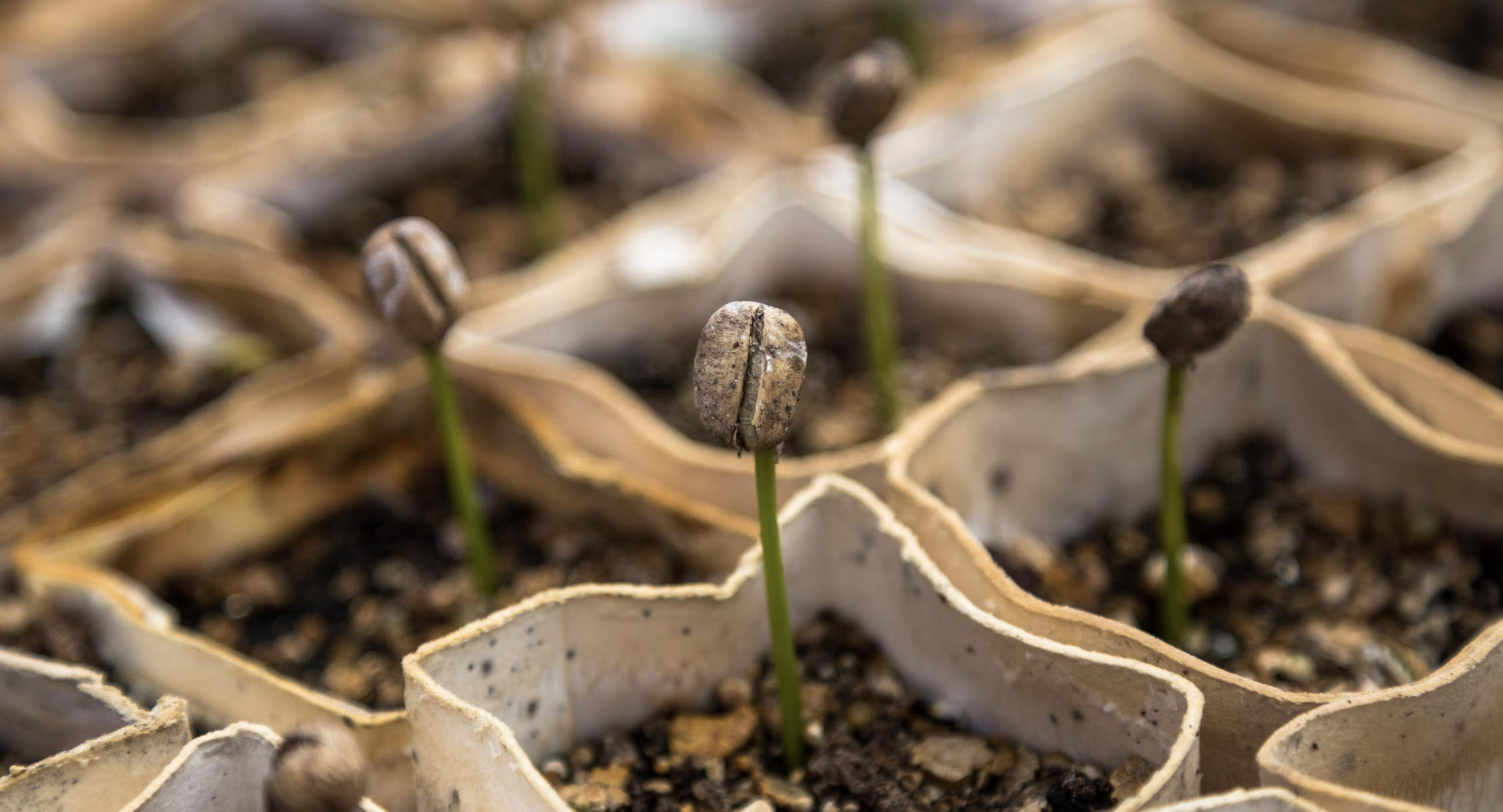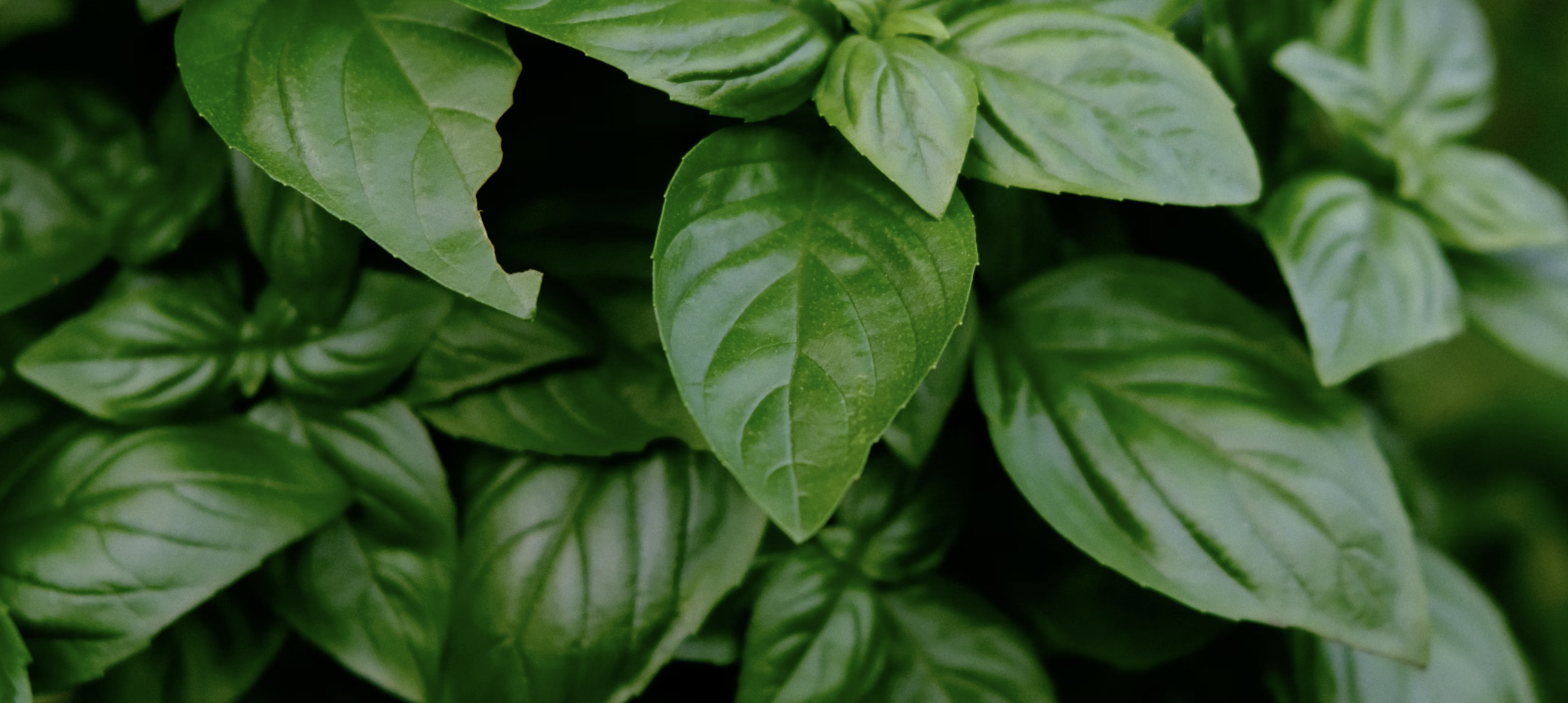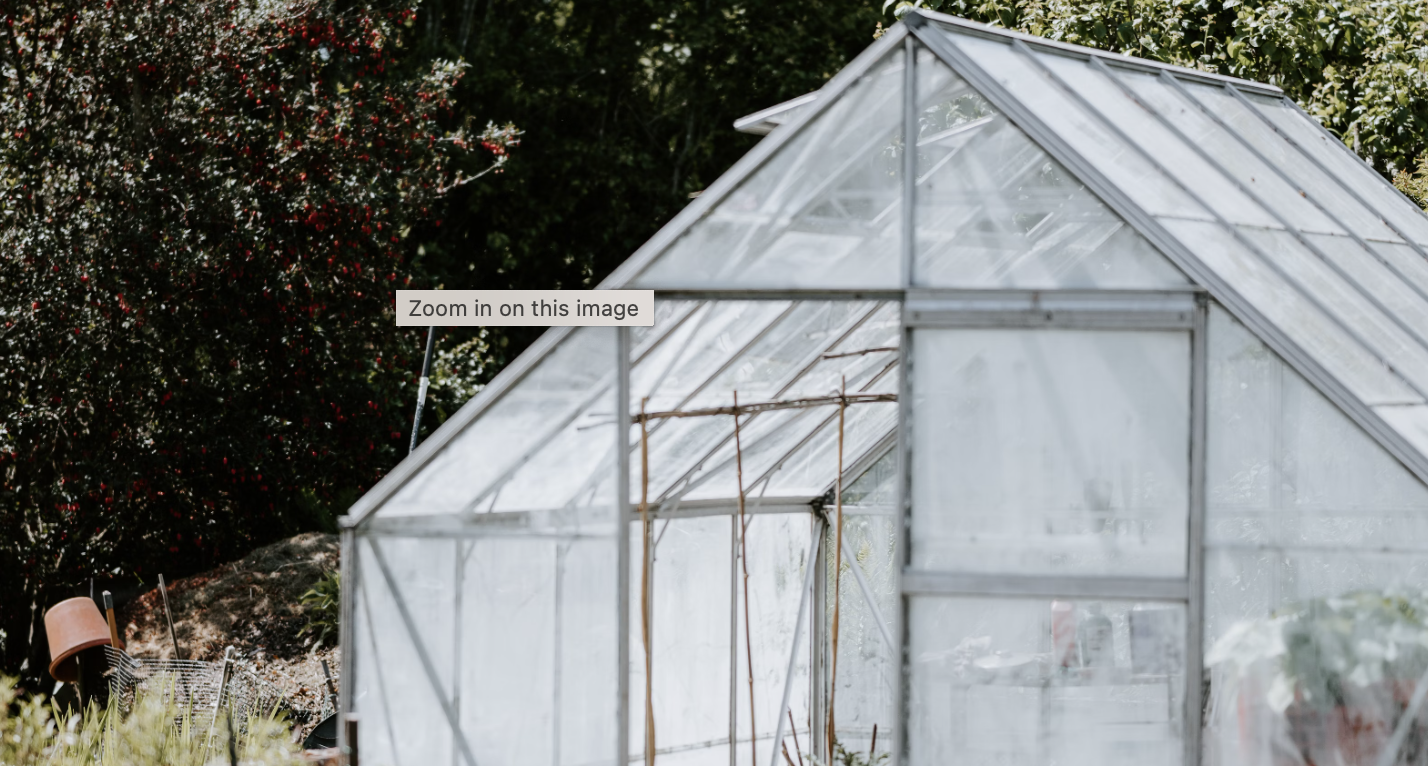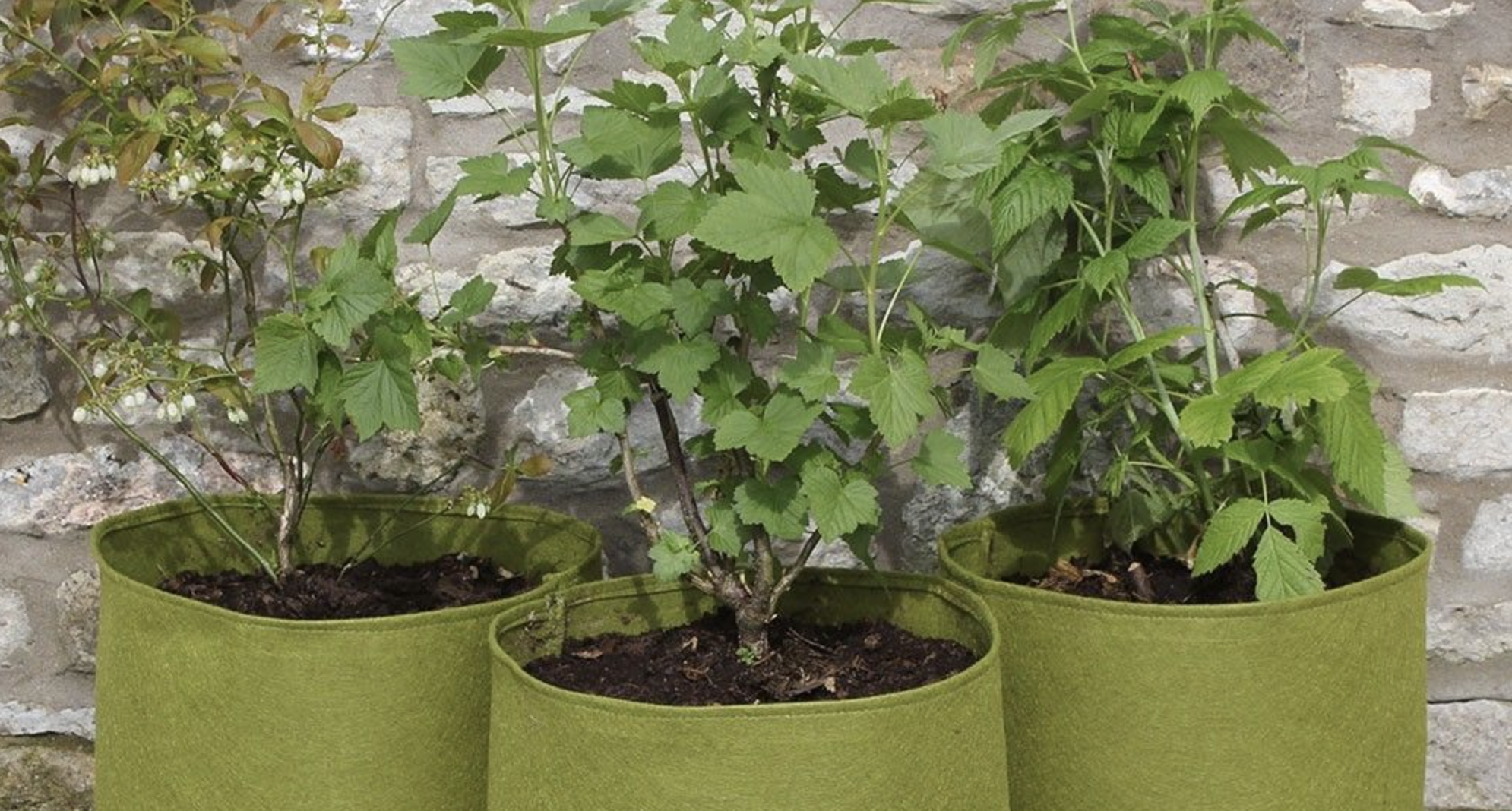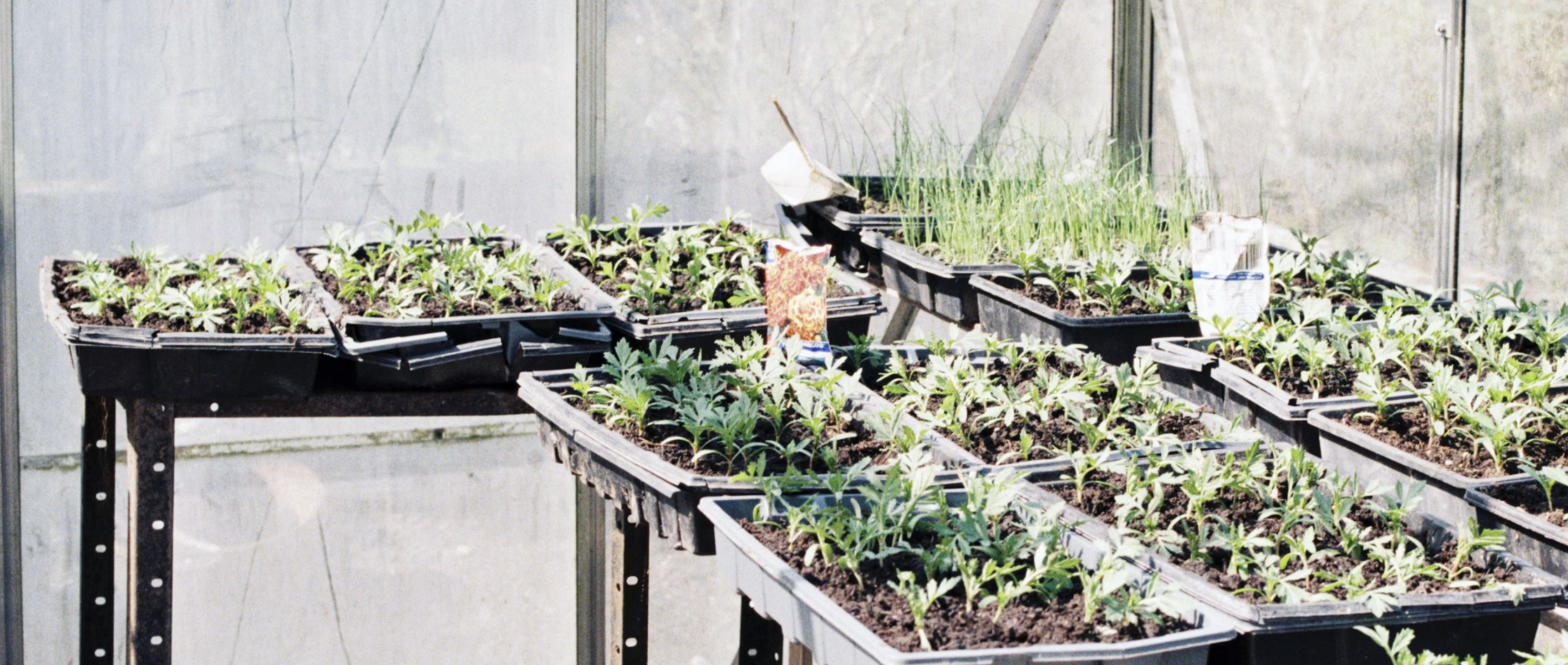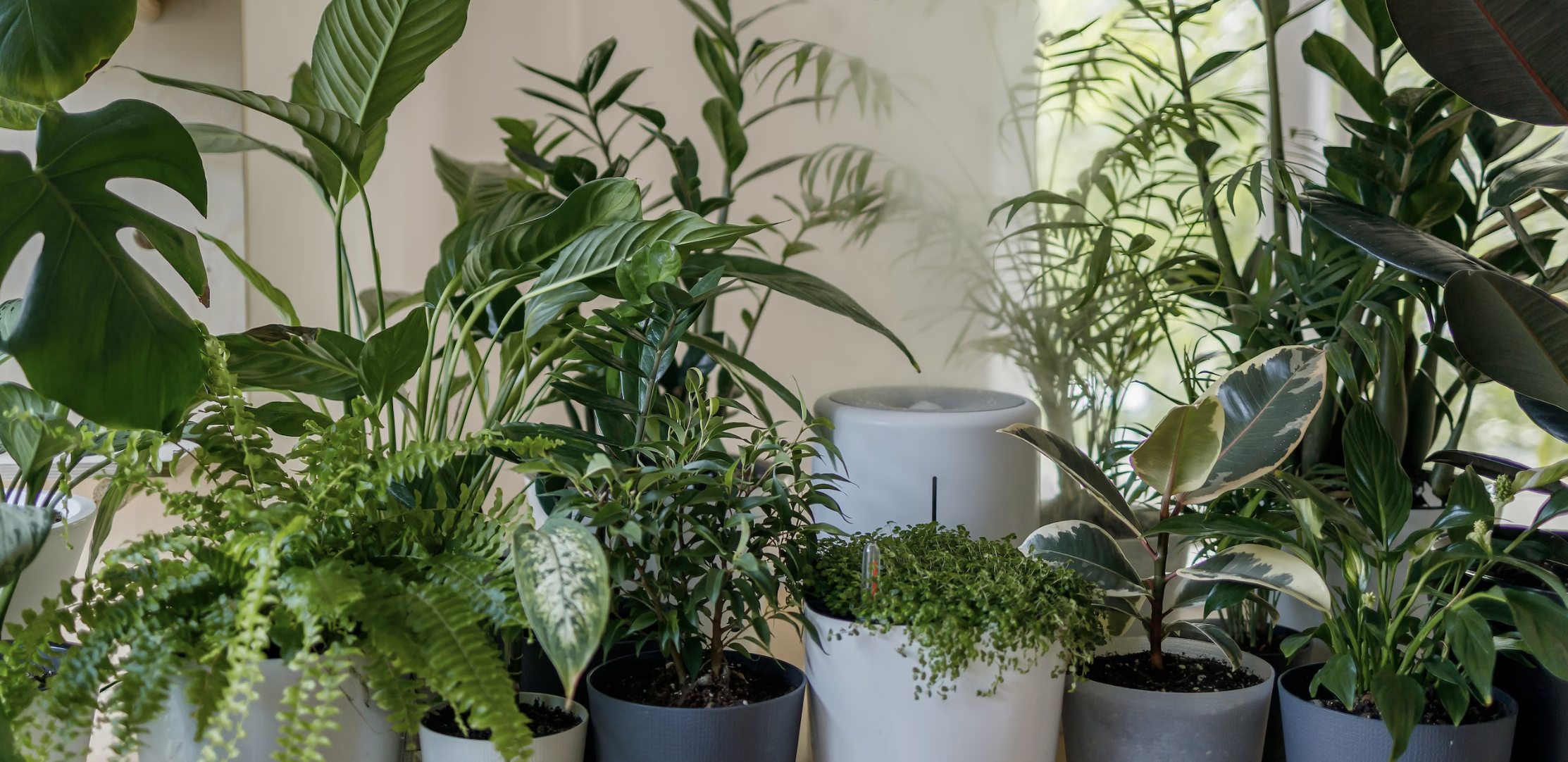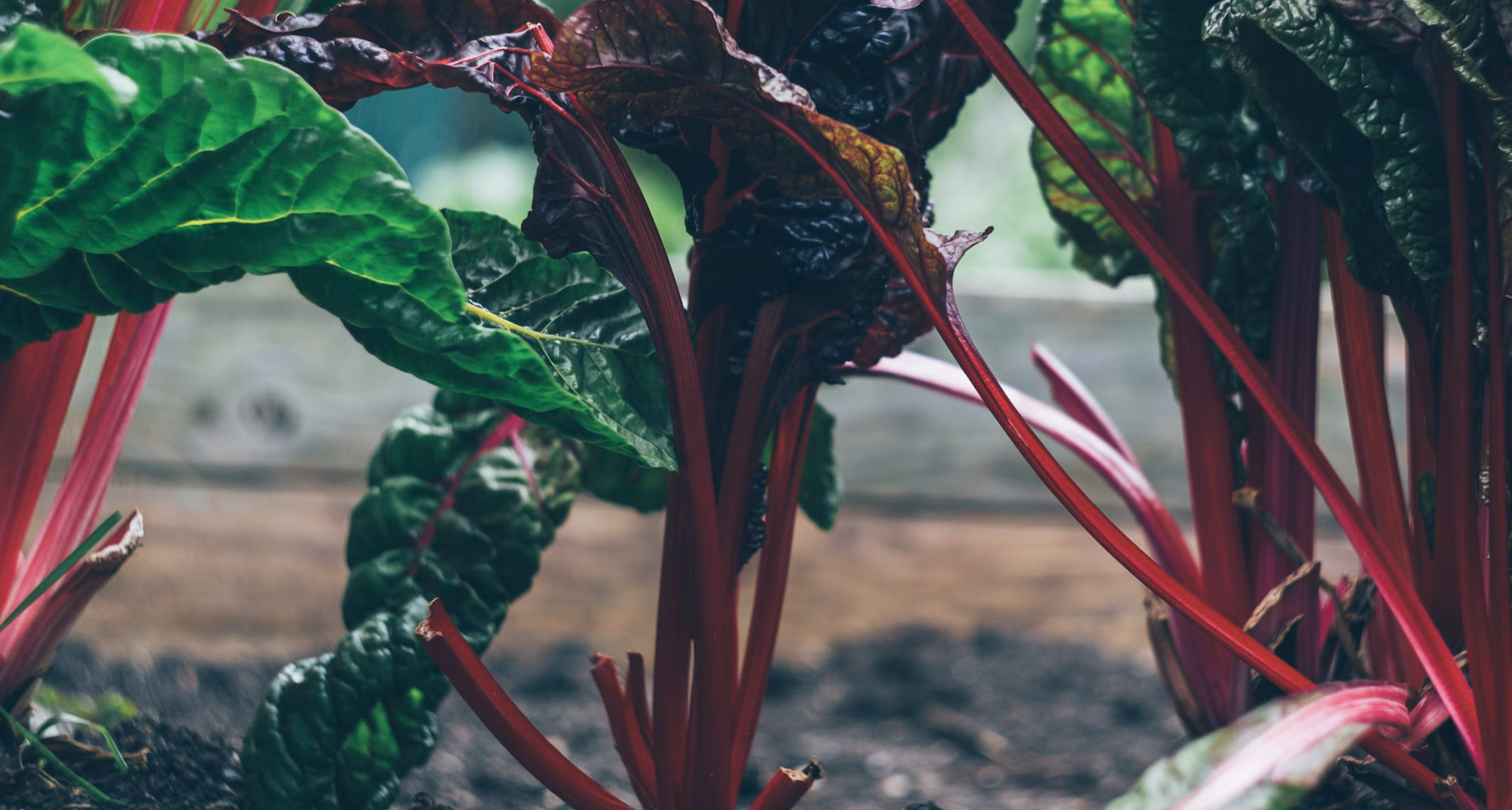
Growing your own vegetables can be a rewarding and fulfilling experience. And when it comes to beetroots, their deep, jewel-like colors and earthy flavors make them a favorite of gardeners and chefs alike. But how do you ensure that your beetroots grow into vibrant and healthy specimens? In this article, we will guide you through the process of cultivating beetroots from seed to harvest, equipping you with the knowledge and tips you need to become a master grower.
Firstly, we will explore the different varieties of beetroots, each with its unique qualities and characteristics. Whether you prefer the classic deep red beets or the trendy golden or candy cane-striped varieties, we will help you choose the best ones for your garden. Then, we will delve into the essential steps involved in growing beetroots, including preparing the soil, sowing the seeds, and providing the right care and maintenance during the growing season.
By the end of this article, you will have the expertise to grow your own beetroots that are not only packed with flavor but also vibrant in color, ensuring a bountiful harvest that will impress both your taste buds and your visual senses. So let's dig in and unlock the secrets to growing vibrant beetroots!
Benefits of growing beetroots
Beetroots are not only a delicious addition to your meals but also come with a range of health benefits. Rich in essential nutrients such as folate, potassium, and vitamin C, beetroots support a healthy immune system and contribute to good overall health. Additionally, their vibrant colors are a visual feast, making them an excellent choice for adding a pop of color to your garden. By growing your own beetroots, you have full control over the growing process, ensuring that you are consuming fresh, organic produce that is free from harmful pesticides.
Understanding the different types of beetroots
Beetroots come in various shapes, sizes, and colors, each with its unique qualities and characteristics. The classic deep red beets are the most common, known for their intense flavor and versatility in cooking. However, if you're looking to experiment with different flavors and appearances, there are other varieties to consider. Golden beetroots, for example, have a milder and sweeter taste compared to their red counterparts. Candy cane-striped beetroots, with their beautiful pink and white rings, add a touch of whimsy to any dish. By understanding the different types of beetroots available, you can choose the ones that best suit your preferences and culinary needs.
Choosing the right soil and location for beetroot cultivation
Beetroots thrive in well-drained soil that is rich in organic matter. Before planting, prepare the soil by removing any weeds and loosening it with a garden fork or tiller. This will ensure that the roots can penetrate the soil easily and grow to their full potential. Beetroots prefer a slightly acidic soil with a pH level between 6.0 and 7.0. If your soil is too alkaline, you can lower the pH by adding organic matter such as compost or peat moss. When it comes to location, choose a spot in your garden that receives full sun or partial shade. Beetroots can tolerate some shade, but they thrive best in sunlight. Ensure that the chosen location is also protected from strong winds, as this can damage the plants.
Planting and caring for beetroot seeds
Beetroots can be grown from both seeds and seedlings, but starting from seeds allows you to have better control over the growing process. Start by sowing the seeds directly into the prepared soil, spacing them about 2 inches apart. Plant the seeds at a depth of half an inch and cover them with soil. Water the area gently to ensure that the seeds are moist but not overwatered. Once the seedlings emerge, thin them out to allow proper spacing between plants. Aim for a spacing of 3 to 4 inches between each beetroot plant. This will give the roots enough space to grow without competing for nutrients. Additionally, thinning the seedlings will help prevent overcrowding and improve air circulation, reducing the risk of diseases.
Watering and fertilizing beetroots for optimal growth
Beetroots require consistent moisture to grow well. Water the plants regularly, aiming to keep the soil consistently moist but not waterlogged. During dry periods, be sure to water deeply to ensure that the roots receive enough water. However, be careful not to overwater, as this can lead to root rot and other fungal diseases. Applying a layer of organic mulch around the plants can help retain moisture and suppress weed growth. When it comes to fertilization, beetroots are moderate feeders. A balanced, slow-release fertilizer applied at the time of planting will provide the necessary nutrients for healthy growth. Avoid excessive use of nitrogen-rich fertilizers, as this can promote leafy growth at the expense of root development.
Common pests and diseases in beetroot cultivation and how to prevent them
Like any other plant, beetroots can fall victim to pests and diseases. Some common pests that can affect beetroots include aphids, flea beetles, and root maggots. To prevent infestations, practice good garden hygiene by removing any diseased or infested plant debris. Additionally, you can use organic pest control methods such as insecticidal soap or neem oil to deter pests. Regularly inspect your plants for any signs of damage and take action promptly if you spot any pests. As for diseases, beetroots can be susceptible to fungal infections such as powdery mildew and damping-off. To prevent these diseases, ensure proper air circulation by providing adequate spacing between plants. Avoid overhead watering, as this can create a damp environment ideal for fungal growth. If necessary, apply organic fungicides according to the manufacturer's instructions.
Harvesting and storing beetroots
Beetroots are ready for harvest when they reach a size of about 1 to 3 inches in diameter. To check if they are ready, gently pull on the leaves. If the leaves come off easily, it's time to harvest. Use a garden fork or a trowel to carefully lift the beetroots out of the ground, taking care not to damage the roots. After harvesting, remove the leaves, leaving about an inch of the stem attached to the root. This will help prevent bleeding and keep the beetroots fresh for longer. Store the beetroots in a cool, dark place such as a cellar or refrigerator. They can last for several weeks when stored properly.
Delicious beetroot recipes and culinary uses
Now that you have successfully grown your own vibrant beetroots, it's time to put them to delicious use in the kitchen. Beetroots can be enjoyed in a variety of ways, whether roasted, pickled, or grated raw into salads. Their earthy flavor pairs well with both sweet and savory ingredients, making them a versatile ingredient in many recipes. Try roasting beetroots with a drizzle of olive oil and a sprinkle of salt and pepper for a simple and flavorful side dish. Or, for a more adventurous option, make a beetroot and goat cheese tart with a buttery pastry crust. The possibilities are endless, so let your creativity shine in the kitchen.
Conclusion: Celebrating the success of your beetroot harvest
Congratulations! You have mastered the art of growing vibrant beetroots from seed to harvest. By understanding the different types of beetroots, preparing the soil correctly, and providing the right care and maintenance, you have ensured a bountiful harvest of healthy and flavorful beetroots. Whether you choose to enjoy them fresh from the garden or incorporate them into delicious recipes, your homegrown beetroots will be a source of pride and satisfaction. So put on your gardening gloves, grab those beetroot seeds, and embark on a journey of growing your own vibrant and delicious beetroots! Happy gardening!



